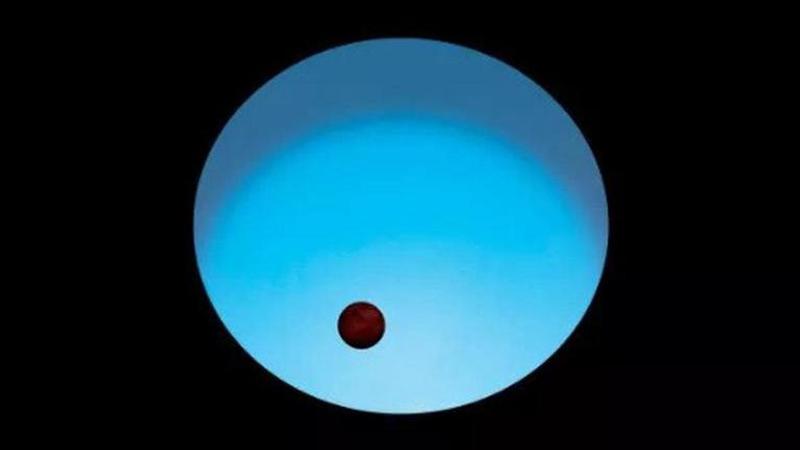Published 16:04 IST, October 5th 2020
European Space Agency discovers alien planet with scorching temperatures, Read more
The European Space Agency has recently published a study claiming that it has spotted a mysterious alien plant that it orbiting its star at a dramatic tilt. See

Advertisement
The European Space Agency (ESA) had launched its Characterizing Exoplanet Satellite, nicknamed CHEOPS, in December 2019 and the spacecraft began making observations in April 2020. Less than a year later from its establishment CHEOPS is observing an alien planet which is hot and tilted around a warped star. The discovery shocked many in the scientific community. Read on to know more about this majestic alien planet.
CHEOPS spots a bizarre alien planet
The new study about this alien planet was published in ESA’s official journal on its website. It reveals that the planet has been named WASP-189b, and was first detected in 2018. The CHEOPS observations have revealed that WASP-189b is a strange world which is orbiting a stranger star. The star is so hot that it looks blue. Moreover, planet Wasp 189B is so close to the star it orbits in just 2.7 Earth days.
Monika Lendl, an astrophysicist at the University of Geneva in Switzerland and lead author of the new study revealed that so far only a handful of planets are known to exist around stars this hot. Lendl revealed that this system is by far the brightest one scientists have ever spotted. Moreover, she revealed in the study that WASP-189b is also the brightest hot Jupiter. It can be observed as it passes in front of or behind its star.
Wasp 189B is extremely bright and hot
NASA's venerable Kepler Space Telescope and Transiting Exoplanet Survey Satellite (TESS), usually spot planets blocking light as they pass in front of stars. However, watching a planet pass behind its star is much more difficult. But the curious case of WASP-189b changes all these notions and findings. It is so bright that at this point scientists simply cannot use the simple old trick.
Lendl further states in the study that WASP-189b does not reflect a lot of starlights. Instead, most of the star’s light gets absorbed by the planet, thus heating it up and making it shine even brighter. ESA’s CHEOPS studied the alien planet in March, April and June. It caught glimpses of the planet passing behind its star four times. The data collected has revealed some key features of the system.
- First, the alien planet is 5,800 degrees Fahrenheit (3,200 degrees Celsius). It is so hot that even iron would turn to gas. Scientists also calculated the planet's size and it is about 1.6 times the radius of Jupiter.
- Wasp-189 b is spinning around so fast that it's being pulled outwards at its equator. It’s a star also seems to have lighter and darker patches on its surface.
- In our solar system, the planets orbit around the sun's equator, but WASP-189b orbits its star at a tilt which can easily be deemed dramatic. The tilt brings it close to the star's poles. This odd characteristic also makes the scientists suspect that the planet has likely formed farther away from the start and came close to it due to some powerful gravitational force.
Image Source: ESA (Official Website)
16:04 IST, October 5th 2020



